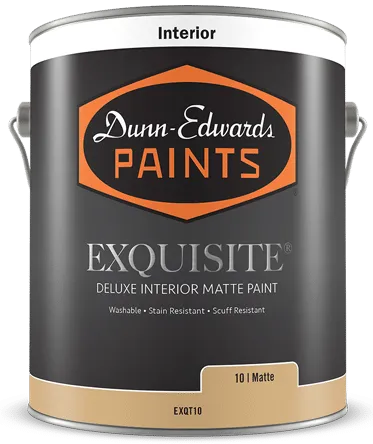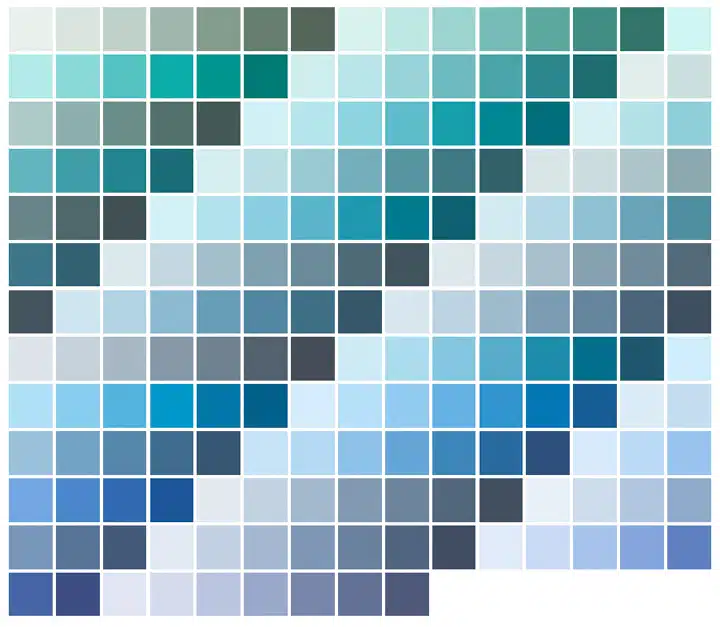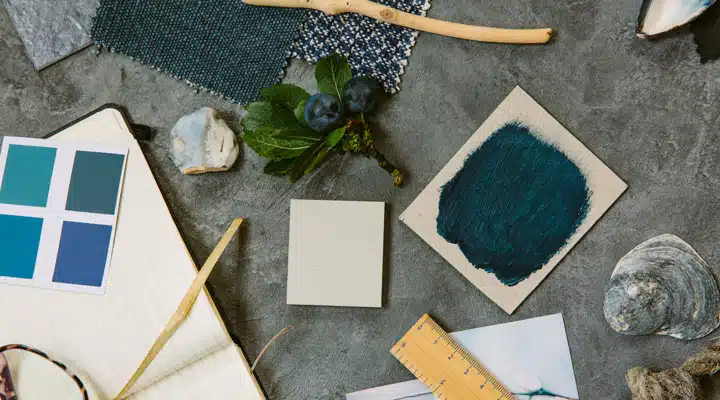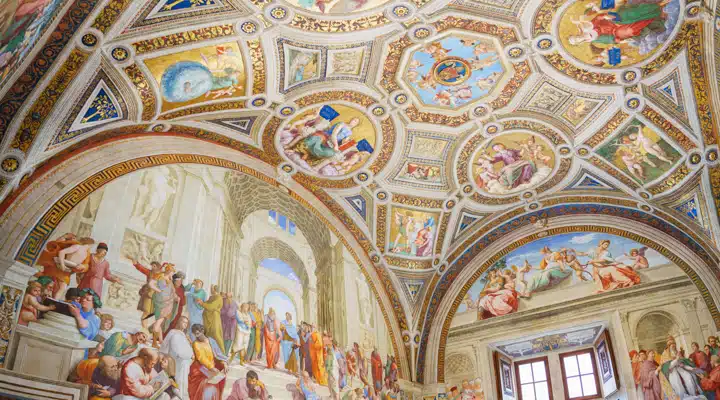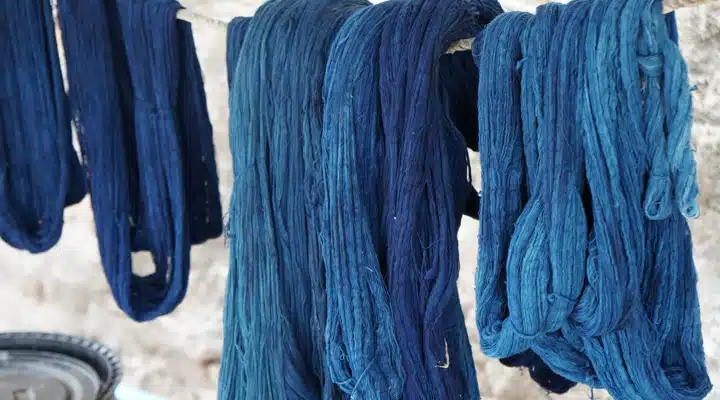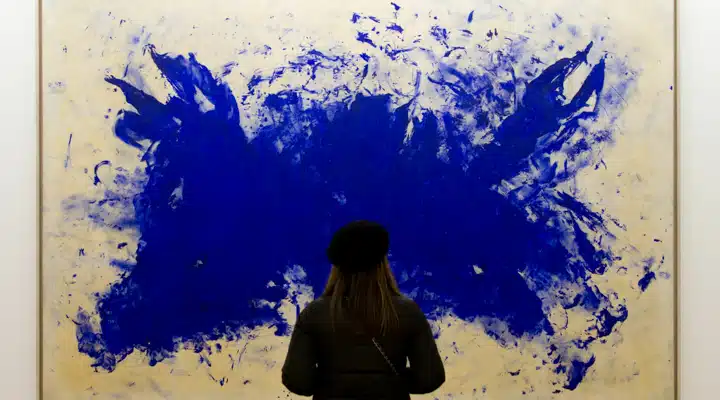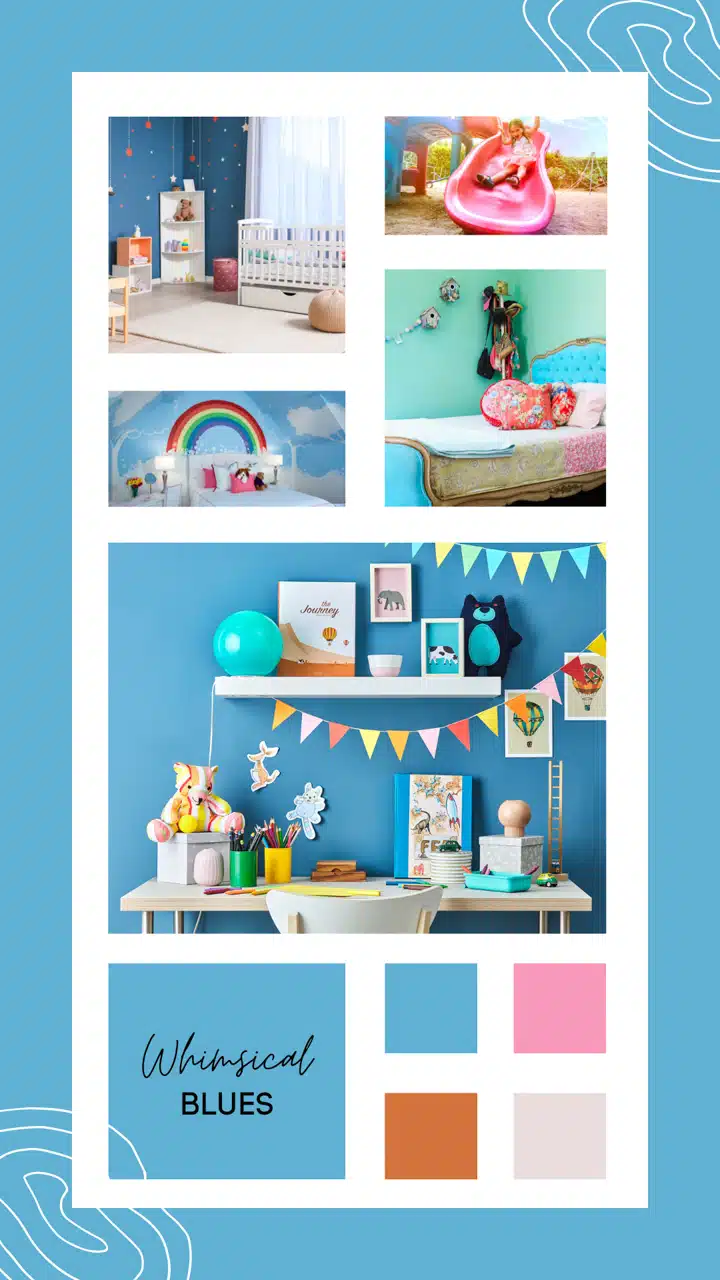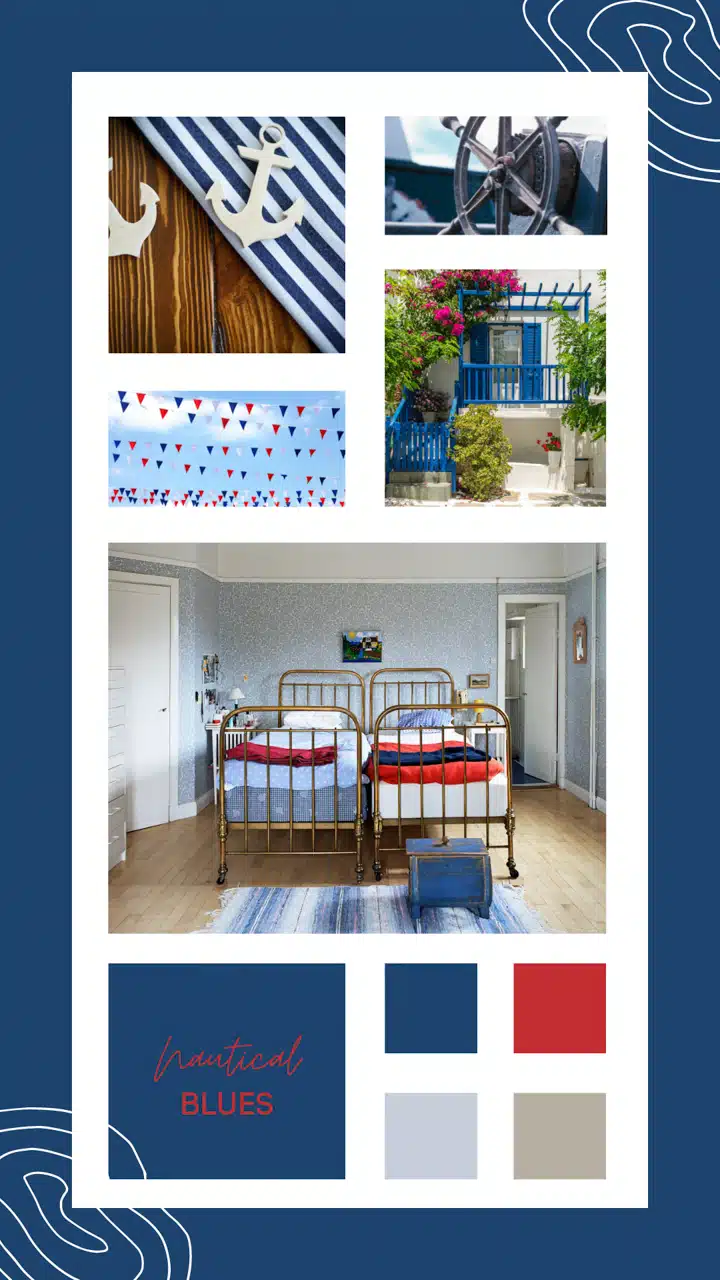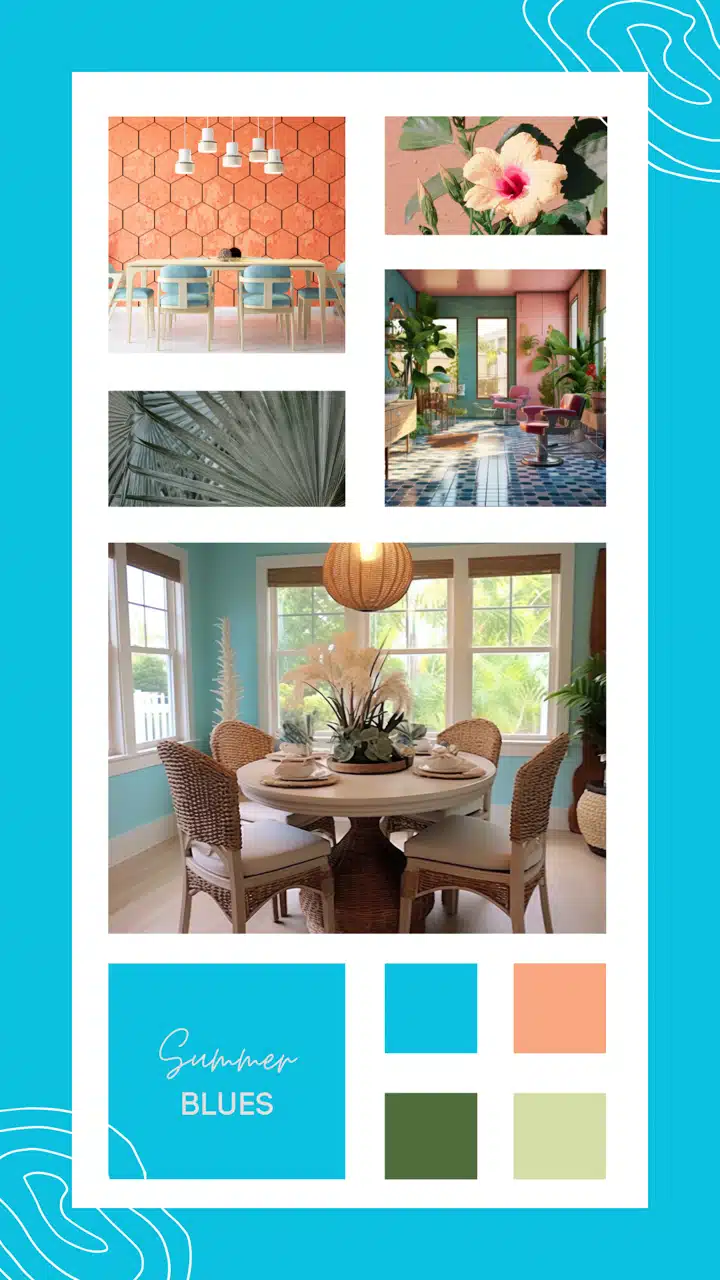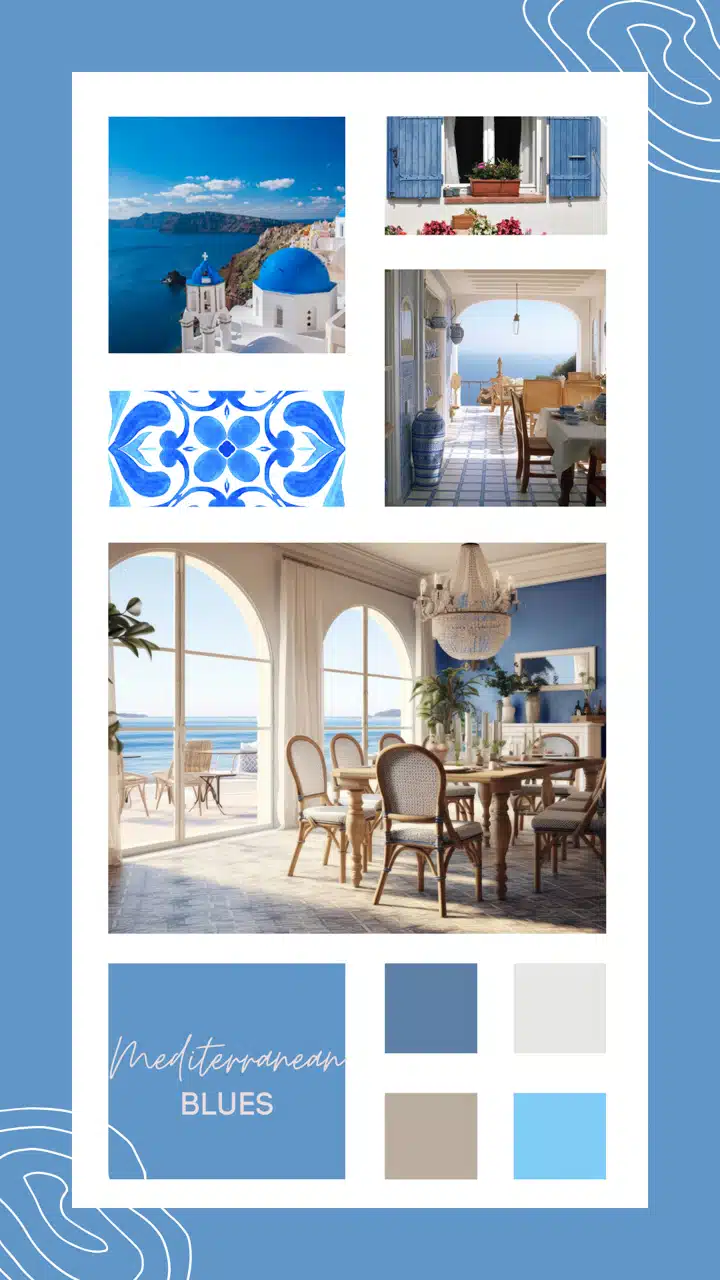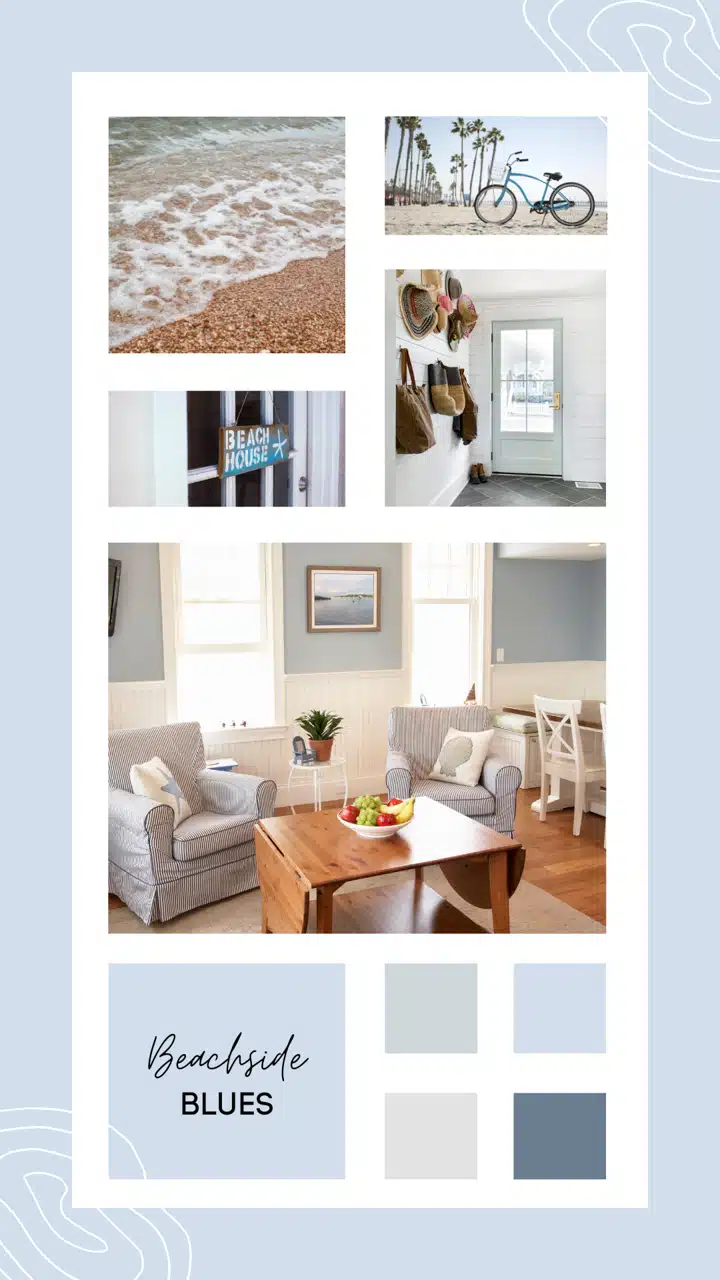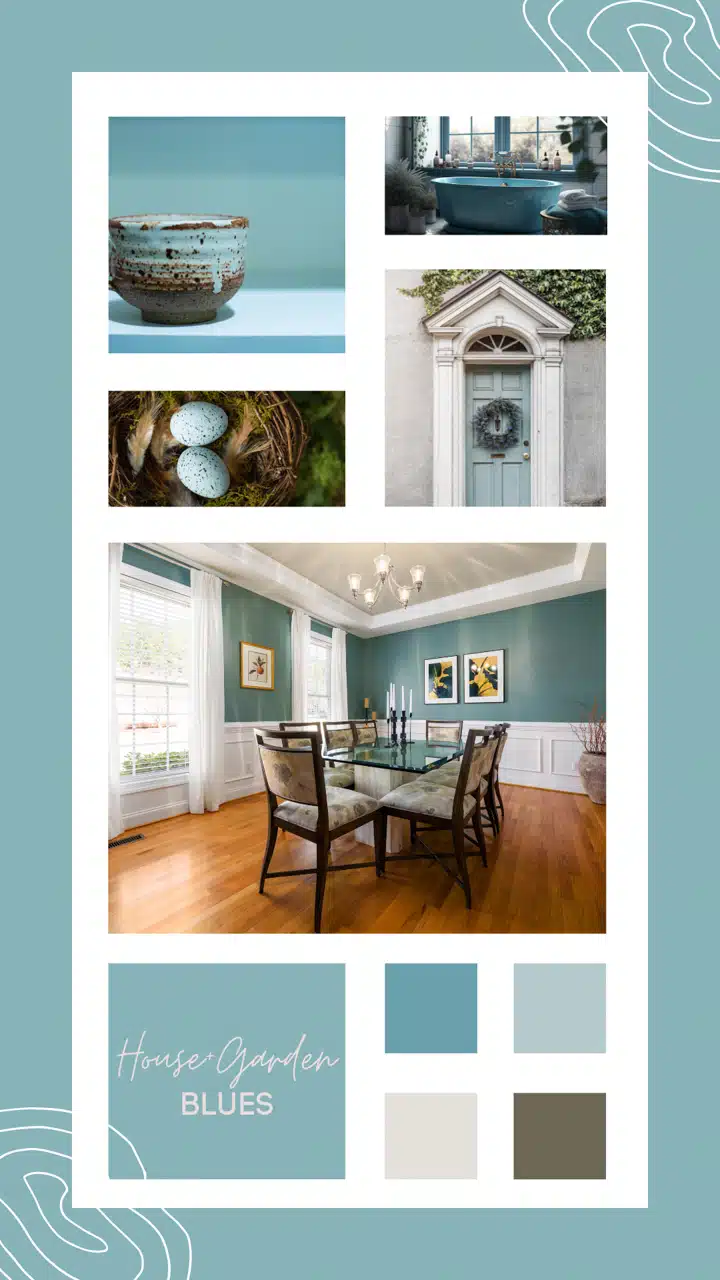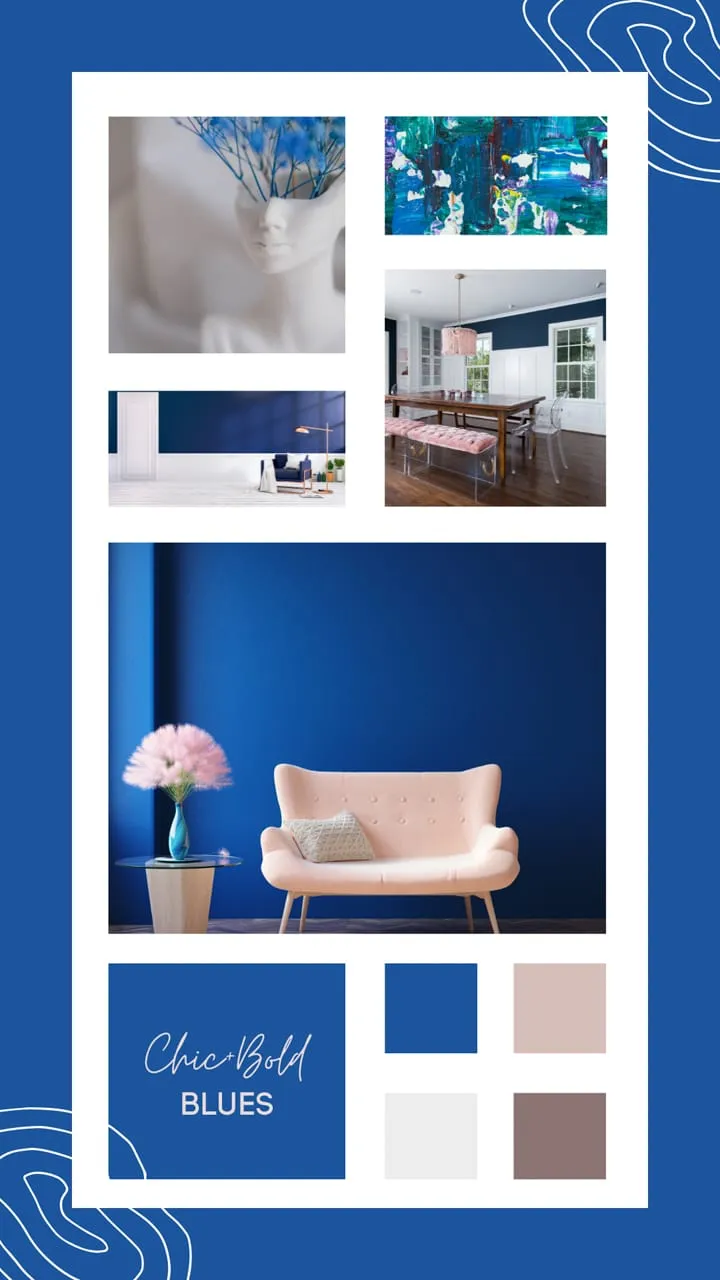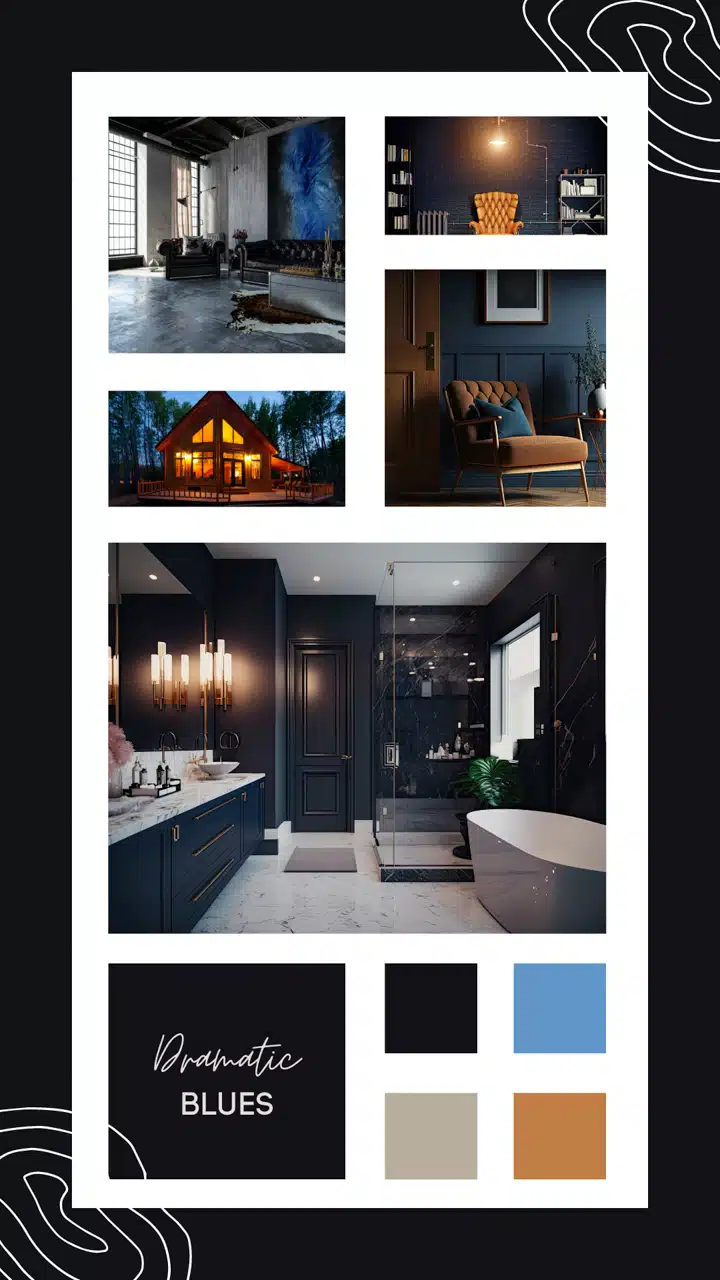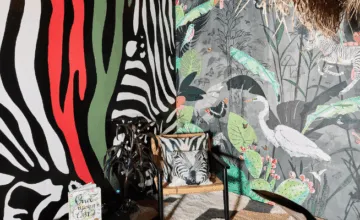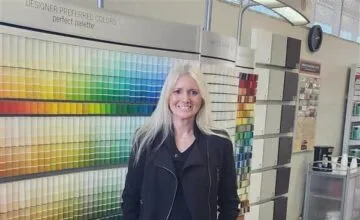The Color Blue: Essential Color Theory, Symbolism and Design Application
06/12/2023 | davidcamacho |
Blue Color Theory
Blue is often described as calm, trustworthy, and universally appealing. At once soothing and peaceful while also giving the impression of authority, blue is widely versatile and ideal in most design styles. Dunn-Edwards even named Wild Blue Yonder(DE5855) as the 2021 Color of the Year as a symbol of integrity, transparency, and authority.
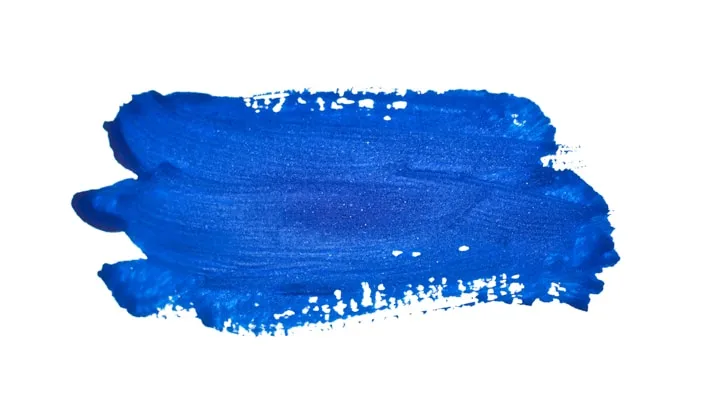
How is the Color Blue Created?
Blue is known as a primary color on the traditional color wheel. It is considered a cool hue, along with green and violet. There are shades of blue in light, medium, and dark. Light blues consist of tints of blue with names like baby blue, sky blue, and powder blue. Medium blues are saturated and include azure, cornflower blue, and periwinkle. Dark blue shades are created by mixing different proportions of black, including navy blue, Prussian blue, and midnight blue.
In paint color creation, we also look to create nuances in color by playing with colorant formulas to add depth and character; just the right balance adds the perfect touch of blue to a space.
Light Blues
- Baby blue: pale, powdery blue
- Sky blue: light, bright shade of blue
- Powder blue: soft, pale blue
- Eggshell: soft shade of blue-green
- Watercolor: soft to bright watery blues, inspired by skies and oceans
- Warm blues: blue with lots of yellow undertones
Medium Blues
- Azure: blend of blue and cyan, associated with blue ocean water
- Aquamarine: bolder blue with a touch of green, inspired by Caribbean waters
- Teal blue: deep blue-green color, inspired by the eye of the common teal bird
- Cornflower blue: bright, grayish-blue like the floral cornflower
- Periwinkle: blue with a hint of purple, inspired by the periwinkle flower
- Denim: understated indigo blue softened with gray, inspired by the classic jeans' staple fabric
Dark Blues
- Navy blue: dark, rich blue
- Prussian blue: a dark blue pigment with cobalt
- Midnight blue: the deepest shade of blue, like the night sky
The Meaning of the Color Blue
As with most colors in color theory, what the color blue means depends on context—it carries both positive and negative connections. With a sense of calm, relaxation, trust, loyalty, and authority, the positive highlights convey honesty, commitment, serenity, and peace. On the other hand, what does the color blue symbolize in its darker aspects? Often fragility, depression, predictability, and even emotional coldness.
Where Does the Color Blue Originate From?
As blue is rare in nature, it was the last color to be coined as a term in the English language and has a shorter, though fascinating, history throughout the world. From blue garments to blue pigment, this once-rare color caused artists to go into debt and even clash to obtain and use this color.
A closer look at the history of blue reveals a fascinating evolution across cultures and centuries. Historians concluded that the word "blue" did not even exist in Greek times. This color was barely distinguished from "neutral" shades like white, light, and dark. Read all of the Greek texts you can find, and you'll never come across a word for "blue." It simply was not important enough to deserve its own descriptor.
Even as the English language developed, blue took a distinct backseat to other colors. The first color words to appear in English, and most other languages for that matter, were words for "white" and "black." Next, red, the color of wine and blood, appeared, followed by yellow and then green. Blue was the last color to be named among the primary hues in English.
Blue Color in Early Greek and Roman Times
Beginning with the Greeks and Romans, as noted, they didn’t have a word to describe blue. Historians analyzing ancient Greek texts have observed that color descriptions were often ambiguous or unfamiliar to modern readers. In the Odyssey, for example, Homer makes hundreds of references to white and black, but colors like red and yellow are only mentioned a few times. The color blue, it turns out, is never mentioned. Instead, the author uses descriptions like "wine-dark" to describe blue items such as the sea.
In ancient Egypt, they loved lapis and turquoise, and through this love and determination, the first blue pigment was created around 2,200 B.C. These synthetic blues were made by heating a mixture of silica, lime, copper, and alkali at high temperatures to form a rich, opaque pigment.
Royal Blue
Royal blue originated in early Europe as a luxury textile dye derived from the woad plant. Due to its high cost, blue dye was primarily worn by nobility and the upper class, reinforcing its association with prestige and refinement.
As a pigment, it was incredibly expensive and was only used for more important works like paintings of the Virgin Mary. During the Renaissance, she was almost always painted wearing blue, which became synonymous with purity.
Ultramarine Blue
The deep blue pigment that is the hallmark of many Renaissance era paintings was the result of painters grinding semi-precious lapis lazuli stones to make ultramarine. Italian traders imported the stones to make ultramarine from Afghanistan mines, the pigment became so cost-prohibitive that some paintings were never finished. Raphael only used the pigment sparingly, and Michelangelo couldn’t afford it for his body of work, though Titan used ultramarine in many of his paintings.
Cobalt
Cobalt, once discovered, became more expensive than gold and was introduced through trade routes with Persia. China began producing a highly prized porcelain called “blue and white ware” using cobalt.
Wedgewood Blue
An Englishman named John Wedgewood invented and perfected a technique called ‘jasperware’ and extensively experimented with blue to get the right shade called ‘Portland Blue’ for his initial work, a museum piece inspired by the Roman-era ‘Portland Vase’.
Indigo Blue
Blue became common in garments over time. However, the arrival of a new blue dye called ‘indigo’ created chaos in the textile trade industry. Europe unsuccessfully tried blocking the import of indigo from Asia, and it eventually replaced woad as the leading dye for garments.
Yves Klein Blue
French artist Yves Klein perfected his namesake blue, and this deep ultramarine blue became his signature color. He even registered this color as a trademark, and his body of work is covered with this color, including his home, which is considered a French historic landmark.
How to Design with Blue?
Blue is a versatile hue that can make a space feel fresh, dramatic, soothing, or even nautical. This beloved color pairs well with a wide range of other colors, so it is a fairly simple color to incorporate into a design aesthetic. Here are eight mood boards to inspire your next blue project:
Whimsical Blues
Nautical Blues
Summer Tropical Blues
Mediterranean Blues
Beachside Blues
House + Garden Blues
Chic + Bold Blues
Dramatic Blues
Check out more about the color blue and how to design with this hue. Read on to see why we chose Mountain Bluebird (DET573) as our April 2023 Color of the Month. Need more inspiration? Visit us here to gather more blue color ideas to inspire.



